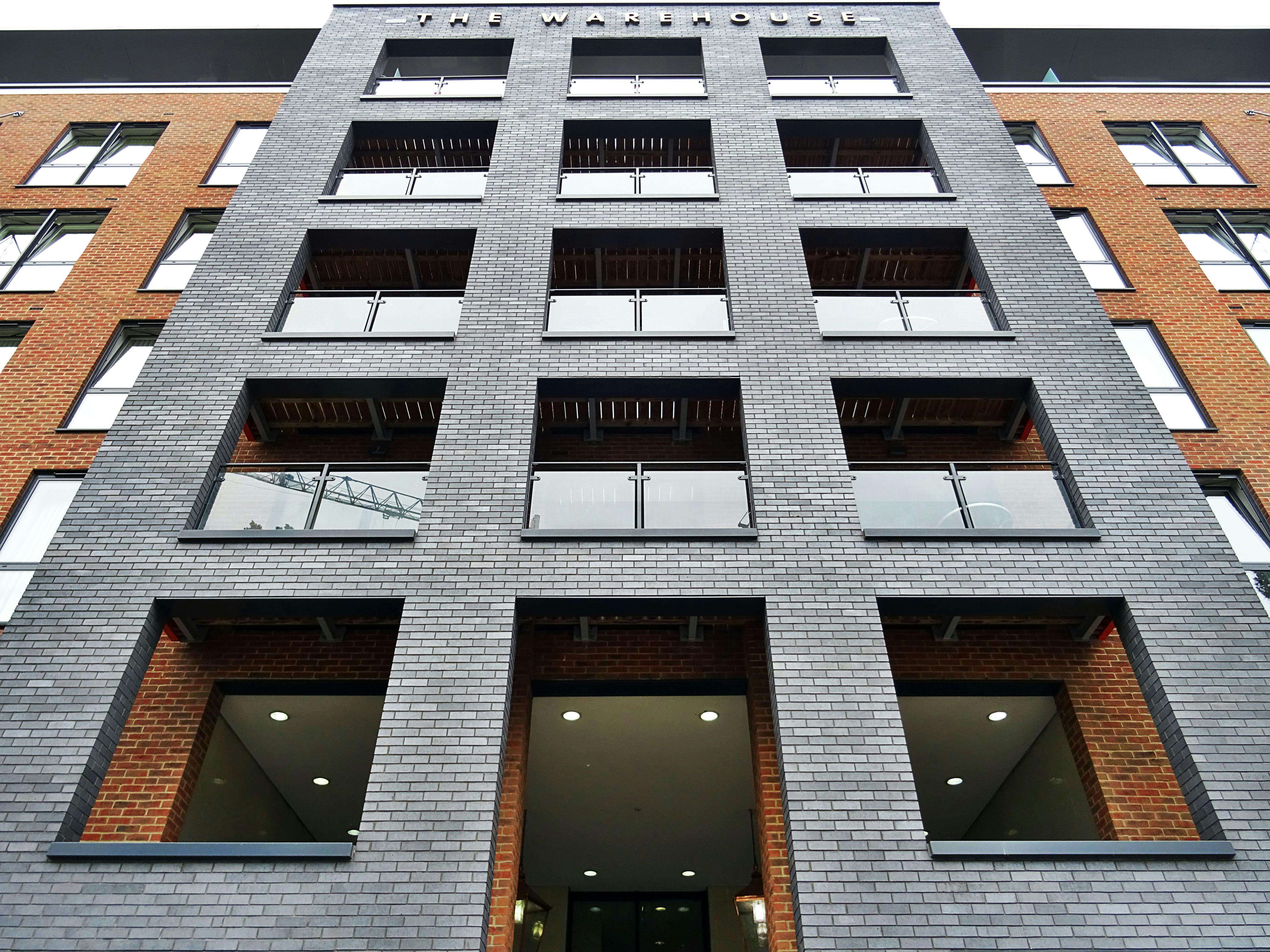I’m not sure about you, but I feel like I can’t go anywhere without hearing about green building. Don’t get me wrong, I am in favor of innovating the process to conserve the environment. I just can’t help but wonder how long the “Green Movement” will last and how much of it will stick around for the long haul.
Environmentally friendly is not a new concept. I can remember when recycling was introduced and when I first used recycled notebook paper. What about the grandmother who wraps gifts with newspaper, is not “green”? Of course, many resources that have been generally taken for granted are becoming more expensive and may simply disappear over time. So we have a need to find new technologies and innovations for things like energy, but isn’t that what we’ve always done? We have a problem and we found a solution.
I recently attended a local development event and a strong debate arose as to whether or not green building costs could be recovered in an office building. On the one hand, you have the developer saying that it is almost impossible to rent at a higher rate. Tenants do not understand the cost savings, nor can they see a discount or savings on their bill each month that would equal the increased rent amount. On the other hand, there are developers who say they can’t lease their space to large Fortune 500 companies or the government without complying with green building certifications.
So is green always more expensive? Not necessarily says Peter Morris. Morris asserts that reasonable levels of sustainable development can be incorporated into most types of buildings at little or no additional cost. In a report published by Buildings, the average return on the initial investment of a LEED-certified building is 2.6 years. LEED-certified buildings also had annual net savings of more than $170,000. LEED certification is the lowest LEED level a building can achieve.
I have always heard that the lower the level, the lower the investment cost. In case you were wondering, according to Beth Anderson, to get LEED-silver, the building would cost an additional 3.5%, gold an additional 4.5%, and platinum an additional 11.5%. What are the benefits of seeking a higher level of LEED designation?
A study conducted in California returned results of the following energy savings based on current LEED buildings.
Certificate 28%
Silver 30%
Gold 48%
Is it worth pursuing the highest levels of LEED? I think it’s still up for debate, but there are plenty of facts to support that building a LEED certified or silver building results in energy cost savings. With fuel costs rising, everyone is looking for ways to save energy. Another fact that has fueled the demand for LEED buildings is occupancy rates.
Occupancy rates, as well as rental and sale rates, are typically higher in a LEED (or energy efficient) building than in a building that is not energy efficient. In the last two years there has been a 70% increase in rent charged per square foot on LEED buildings. The increase represents a 36% premium over a non-LEED building (AIA.org).
Consumer acceptance has become an important factor in the green movement. LEED buildings also have a 4.1% higher occupancy rate than non-LEED buildings. The chart below highlights some of the differences between LEED and non-LEED, as well as Energy Star and non-Energy Star.
Financial Metrics for Green Buildings vs. Conventional Buildings
Building Type Occupancy Rate Rental Rate per ft^2 Sales Price per ft^2
Energy Star Certified 91.5% $30.55 $288
Non-Energy Star Pairs 87.9% $28.15 $227
LEED Certification 92.0% $42.38 $438
Peers not read 87.9% $31.05 $257
Source: CoStar Group, “Commercial Real Estate and the Environment”; All figures are for the first quarter of 2008.
Does this mean that you should go green? I think that decision depends a lot on how you want to serve the market. Green building estimated for this year will only amount to about 2% of total construction for the year, but for 2010 it is estimated to reach 10%. In dollars, that would equate to $29 to $57 billion (CNN Money).
No matter which side of the fence you’re on, I believe LEED is here to stay. Over time, requirements or rules may change, but some form of our current Green Movement will remain.
